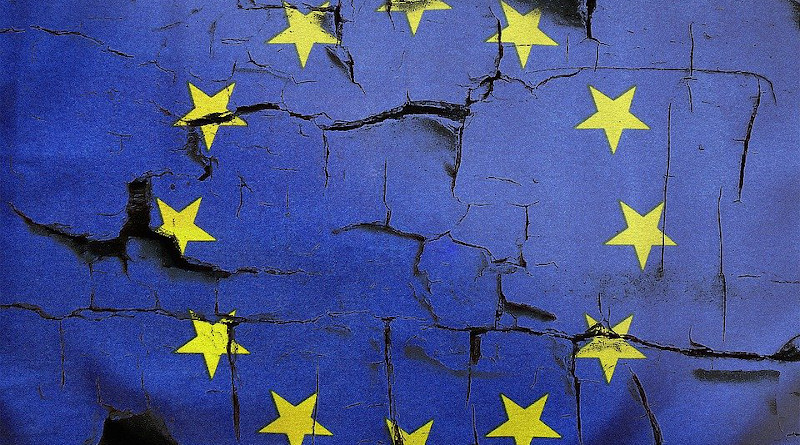European Green Deal: Carbon Border Adjustment Mechanism Could Hit Some Trade Partners Hard
The EU plans to use a carbon adjustment mechanism as a means to create a level playing field and offer economic incentives that will promote decarbonisation in particularly emissions-intensive sectors. The mechanism will initially target energy- and emissions-intensive products such as cement, steel, and aluminium. According to the plans of European Commission President von der Leyen, it could subsequently be applied to other imported goods.
The authors of the study argue that the extent to which a country’s economy is threatened by the mechanism depends primarily on two factors: exposure and vulnerability.
“Exposure relates to the importance of trade with the EU for the economy in question. Vulnerability, in turn, can be defined as the inability to adapt by, for example, shifting trade flows, or decarbonizing and verifying a product’s carbon content,” explains lead author Laima Eicke.
According to the study, countries in the Global South and non-EU states in Eastern Europe are at particularly high risk. The researchers more closely examined three countries that would be particularly affected for different reasons: Bosnia and Herzegovina, Morocco, and Mozambique.
Bosnia’s low trade diversification poses challenges
The Bosnian economy is characterized by a low diversification of trading partners and export goods: 72 percent of its exports go to the EU, which the country hopes to join in the future. Steel and aluminium are among its most important export goods. Bosnia and Herzegovina would accordingly already be hit hard by the first phase of the mechanism’s implementation, which targets these emission-intensive goods.
“Previous experience of low-carbon transitions in energy-intensive industries shows that these require large-scale investment over a longer period. Efforts to mobilize and subsidize investment in these industries are already underway within the EU. Manufacturers in Bosnia and Herzegovina will struggle to ‘go green’ at a pace sufficient to remain competitive in the EU,” says co-author Silvia Weko.
Morocco is locked in to fossil fuels for now
Morocco is an emerging economy with a rapidly growing demand for energy, a high proportion of which is met by fossil fuels. This energy infrastructure, combined with long-term power purchase agreements, creates a strong path dependency that leaves little room for a rapid decarbonisation.
This emissions-intensive energy system increases the carbon footprint of products produced in Morocco and is likely to result in a large levy under a carbon border adjustment mechanism.
Mozambique lacks capacity to verify the carbon footprint of exports
The complexity and cost of reporting the carbon content of export products is a particular challenge for developing countries like Mozambique. Given these barriers, a carbon border adjustment mechanism could narrow countries’ trading options rather than acting as an incentive to decarbonize.
Mozambique’s total final energy consumption is 64 percent less carbon-intensive than the EU average. This value is likely to be significantly higher for emissions-intensive and trade-exposed industries, however reliable data are lacking. Mozambique’s adaptive capacity depends to a large extent on its ability to establish a transparent information system to monitor, report and verify the comparatively low emission intensity of its products.
EU should support trade partners’ decarbonisation efforts
The study makes clear that the EU must take into account the international implications of its policies in order to avoid creating new global divisions.
“If the carbon border adjustment mechanism is to contribute to climate protection, the EU should provide financial and technical support to those countries for which it represents a considerable risk. These countries simply lack the resources to afford the massive investments required for decarbonisation,” says Laima Eicke.
One possible measure would be to provide capacity-building expertise to promote the uptake of best practices to reduce emissions in the energy-intensive and trade-exposed industries. European partner countries could also provide training in emissions monitoring, reporting and verification.

